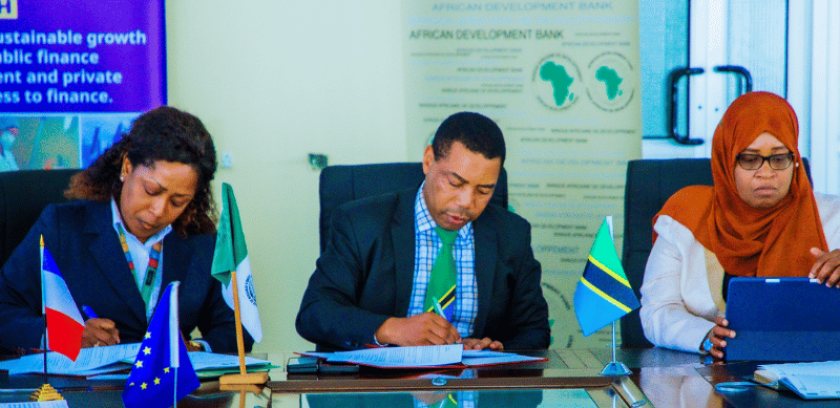Tanzania has signed agreements with the African Development Bank, the French Development Agency, and the European Union for two development project loans worth $300 million. The funds will be used to finance the construction of the Kakono Hydropower Plant, an 87.8-megawatt plant in the Kagera region of Tanzania.
The project aims to increase renewable generation capacity and reduce hydrological risk via a dam located on a new watershed less affected by droughts. The project will serve 4 million people and increase the service coverage rate by around 7% of the population.
The project is being co-financed with a $161.47 million African Development Bank soft loan, a EURO 110 million soft loan from the French Development Agency, and a EURO 36 million grant from the European Union.
It is expected to reduce greenhouse gas emissions by 216,065 metric tons per year and comply with international environmental and social standards. The infrastructure built alongside the hydropower plant will include upgrading the existing Kyaka substation and a new 39-kilometer 220-kilovolt transmission line and capacity-building support for TANESCO.
The Kakono Hydropower Plant project is expected to have a major impact on the economic development of the rapidly growing Kagera region, which lies at the heart of the Great Lakes region. The construction of the new power plant will help to improve TANESCO’s financial sustainability arising from the decommissioning of the diesel-based power plants in the Kagera Region. The economic benefits derived from the supply of affordable power will be immense and contribute to building a more competitive economy in Tanzania.
The project is fully in line with international climate objectives and AFD’s firm commitments. This investment will have a major impact on economic development and on population well-being as the infrastructure will answer the power needs of 3 to 4 million people.


